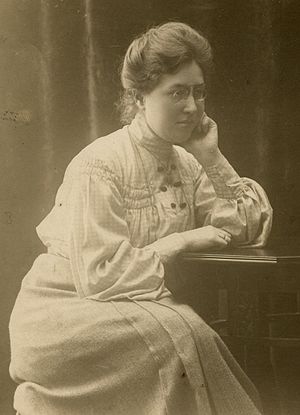Austrian physician and psychoanalyst
.mw-parser-output .hidden-begin{box-sizing:border-box;width:100%;padding:5px;border:none;font-size:95%}.mw-parser-output .hidden-title{font-weight:bold;line-height:1.6;text-align:left}.mw-parser-output .hidden-content{text-align:left}@media all and (max-width:500px){.mw-parser-output .hidden-begin{width:auto!important;clear:none!important;float:none!important))You can help expand this article with text translated from
the corresponding article in French. (March 2017) Click [show] for important translation instructions.
View a machine-translated version of the French article.
Machine translation, like
DeepL or
Google Translate, is a useful starting point for translations, but translators must revise errors as necessary and confirm that the translation is accurate, rather than simply copy-pasting machine-translated text into the English Wikipedia.
Do not translate text that appears unreliable or low-quality. If possible, verify the text with references provided in the foreign-language article.
You must provide
copyright attribution in the
edit summary accompanying your translation by providing an
interlanguage link to the source of your translation. A model attribution edit summary is Content in this edit is translated from the existing French Wikipedia article at [[:fr:Margarete Hilferding]]; see its history for attribution.
You should also add the template ((Translated|fr|Margarete Hilferding)) to the
talk page.
For more guidance, see
Wikipedia:Translation.
Margarete Hilferding
née Hönigsberg |
|---|
 1904 |
| Born | (1871-06-20)June 20, 1871
|
|---|
| Died | September 23, 1942(1942-09-23) (aged 71)
|
|---|
| Nationality | Austrian |
|---|
| Spouse | Rudolf Hilferding |
|---|
| Children | Peter Milford |
|---|
Margarete Hilferding, born Hönigsberg (June 20, 1871 in Hernals (Vienna)– September 23, 1942 in Maly Trostenets) was an Austrian physician and psychoanalyst.
Hilferding was the first woman admitted into the Vienna Psychoanalytic Society.[1] Her husband was the Austro-Marxist economist Rudolf Hilferding.
She was murdered in the Holocaust, dying on a train from Theresienstadt to Maly Trostenets.
